Family Tree Magazine will help point the way toward the best research tools and practices to trace your family's history. Each issue includes tips on locating, collecting, and preserving photos, letters, diaries, church and government records, and other documentation, plus fun articles about creating scrapbooks, organizing family reunions, and vacation ideas that combine history with leisure!
Family Tree
out on a limb
TREE TALK • We asked about the strangest item in your family archive. Here’s how you responded.
Paying Respects • A father-daughter team fixes up an off-the-beaten-path family tomb
RootsTech 2022: Free & Virtual
NEW SCOTLAND BMD RECORDS
ISRAELI SITE REACHES 2M RECORDS
MyHeritage, Ancestry Acquire French Sites
FAMILY TREE DNA UPDATES
Extra! Extra! Read All About It
branchingout
A More Perfect Union • Study US history—and how your ancestors fit in with it—using our annual list of the 75 best state-focused genealogy websites.
Tips for Using State Websites
GROUP THINK • These DNA tools pin your ancestry to a specific historical group of people. Here’s what they can (and can’t!) tell you about your family history.
STORIES IN DNA
TIES that BIND • Organize your research for easy travel and sharing by creating family history binders. Here’s how to get started.
Sample Binder Organization • Say you want to create a binder that tracks five generations of John Smith’s family, from him to his great-great-grandparents. Here’s how you might outline that binder:
CONNECTICUT
TIMELINE
TOOLKIT
SOUTH DAKOTA
TIMELINE
TOOLKIT
FIVE TRIBES • These tips will help you find your ancestors who belonged to one of the United States’ five largest indigenous tribes today: Navajo, Cherokee, Sioux, Chippewa and Choctaw.
Respectful Cultural Engagement • If you’re not indigenous yourself but are researching suspected ancestral connections to a specific tribal group, here are some considerations to help you with your outreach:
SHOP AND SAVE • Preserve your family treasures with these archiving tips and tools every genealogist should have.
THE 10 COMMANDMENTS OF ARCHIVING
TOP ARCHIVAL SUPPLIES
Archival ABCs
GENEALOGY GIFT GUIDE
treetips
Birth Records
Using AccessGenealogy
Tools for Finding Living Relatives
Background Check • It’s not the people in this image that pop out—it’s the wall hangings in the background.
Preserving Military Uniforms
NOW WHAT?
DNA and Health Insurance
GET ORGANIZED
JEWISH GENEALOGY
TIMELINE OF JEWISH HISTORY IN EUROPE
JEWISHGEN OVERVIEW
RESEARCHING YOUR ANCESTORS’ HOME TOWN
RECORDS QUICK GUIDE
LANGUAGES AND NAMES
RESOURCES
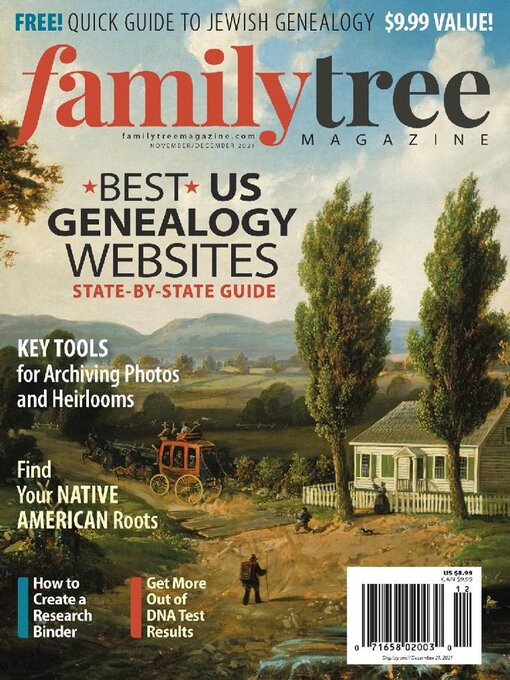
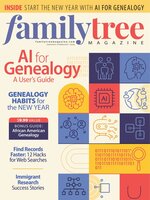 January/February 2026
January/February 2026
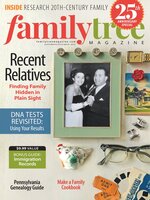 November/December 2025
November/December 2025
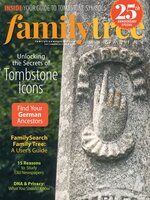 September/October 2025
September/October 2025
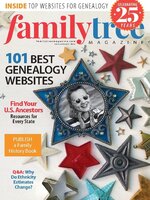 July/August 2025
July/August 2025
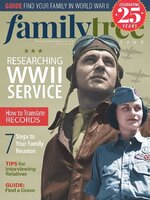 May/June 2025
May/June 2025
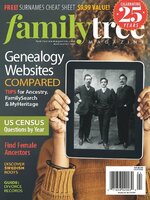 March/April 2025
March/April 2025
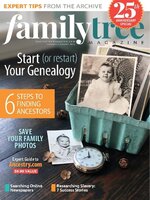 January/February 2025
January/February 2025
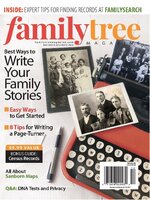 November/December 2024
November/December 2024
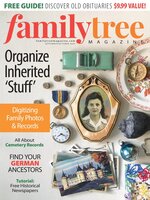 September/October 2024
September/October 2024
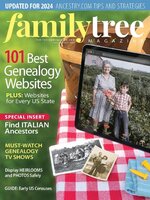 July/August 2024
July/August 2024
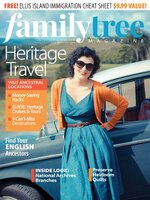 May/June 2024
May/June 2024
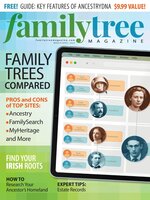 March/April 2024
March/April 2024
 January/February 2024
January/February 2024
 November/December 2023
November/December 2023
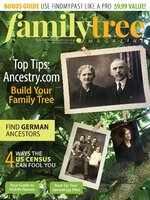 September/October 2023
September/October 2023
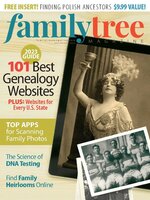 July/August 2023
July/August 2023
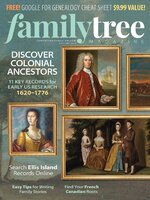 May/June 2023
May/June 2023
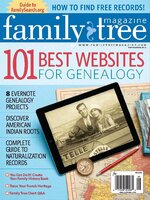 Sep 01 2015
Sep 01 2015
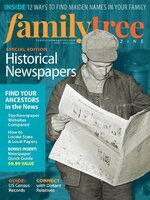 March/April 2023
March/April 2023
 January/February 2023
January/February 2023
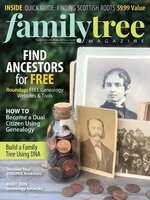 November/December 2022
November/December 2022
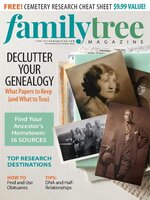 September/October 2022
September/October 2022
 July/August 2022
July/August 2022
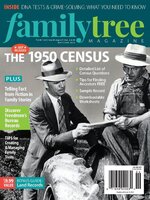 May/June 2022
May/June 2022